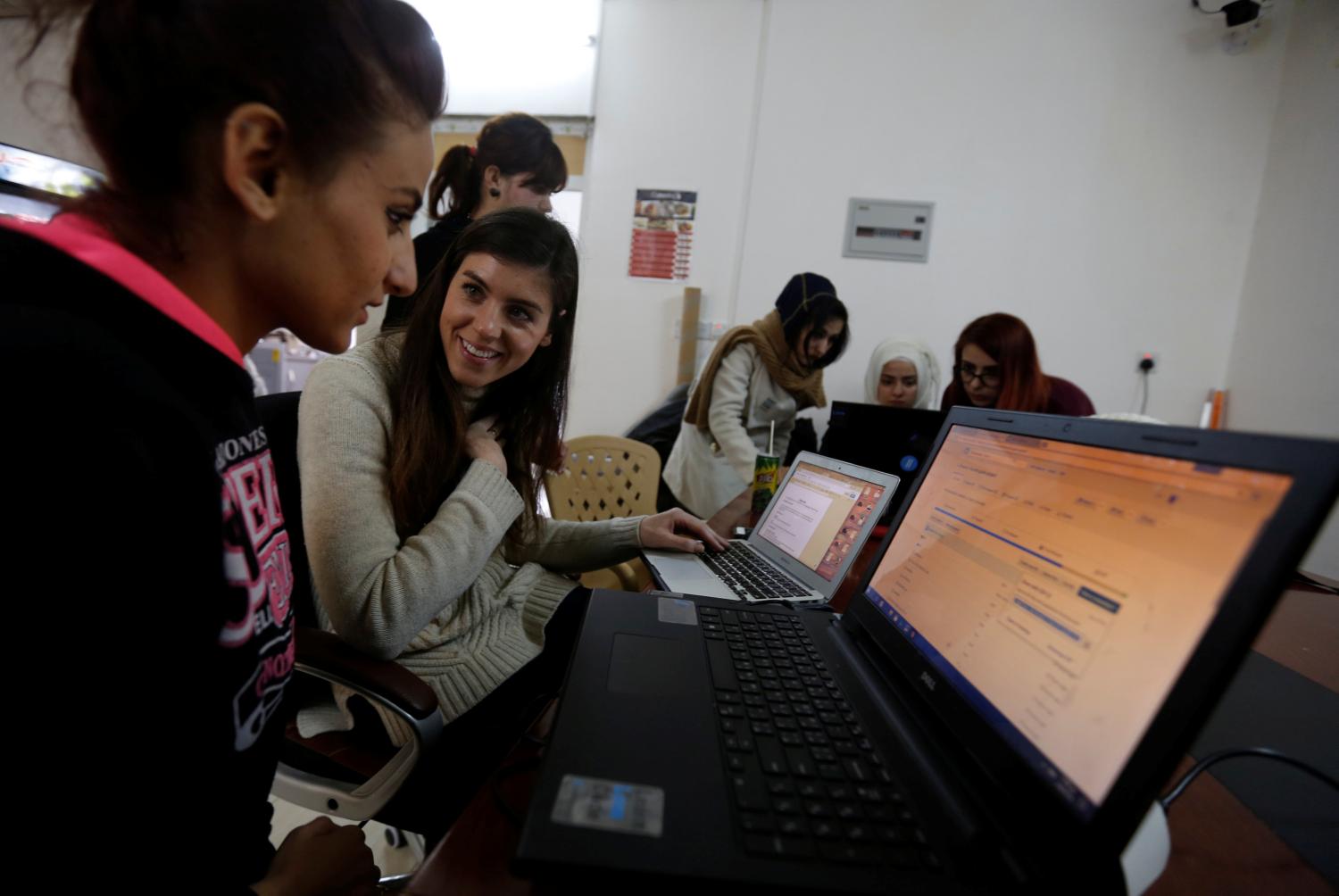Editor’s note: In the “Becoming Brilliant” blog series, experts explore the six competencies that reflect how children learn and grow as laid out by Kathy Hirsh-Pasek and Roberta Golinkoff in their new book “Becoming Brilliant.”
What can be more annoying than a backseat driver? Only a passenger seat driver who happens to be your teenage child: He or she tells you to turn on the turn signal a mile ahead of time, reminds you to keep (a football field’s) distance from the car ahead of you, and starts screaming when you go two miles per hour over the speed limit. What is going on here? Is it just typical adolescent behavior or is it something that can be also observed in younger children and adults?
Let’s look at other examples in different age groups.
It happens when young children learning table manners all of a sudden turn into “table police” not allowing their siblings to eat dessert before finishing their vegetables. It also happens to college students who can spot errors in their friend’s paper while ignoring similar errors in their own writing. This process is called “other-regulation,” something that often precedes self-regulation: the ability to plan, monitor, and control one’s behavior according to a set of rules that had been internalized. Good teachers use other-regulation as a strategy when they make mistakes on purpose encouraging students to find and correct these mistakes.
But when it comes to collaborative work, other-regulation is underutilized and reserved primarily to more advanced students tutoring their struggling classmates. However, in many cases, it is these struggling students who need practice in other-regulation, although designing cooperative tasks to give them this needed practice requires careful planning.
In Tools of the Mind classrooms, teachers use the power of other-regulation to teach kindergartners how to apply math strategies, write a book summary, or decode an unfamiliar word. Working in pairs, children are given the roles of “doer” and “checker”; children stay in these roles for one assignment and switch roles as they move to the next. “Checkers” and “doers” are given clear expectations of their assignment; these expectations are presented in a way that low achieving students can help their more advanced peers. For example, when a child is working on a book summary, her personal learning goal can be to write at least three sentences and her buddy’s task is to make sure that she did write three sentences. In this dyad, an emergent writer can “regulate” his more accomplished peer by reminding her to write one more sentence. This method builds a classroom environment that encourages children to give and accept feedback in a positive, cooperative manner. In a 2014 study by psychologists Clancy Blair and C. Cybele Raver, it led to higher rates of self-regulation where children could regulate themselves.
While preschoolers can also learn how to check their friend’s work (instead of doing it for them), they mostly apply other-regulation during an activity that adults don’t usually associate with rules—make-believe play. In order for children to be able to act out elaborate pretend scenarios, they have to make sure that all of the players stay within the constraints of their roles: When a pet owner brings her puppy for a check-up, she does not want the vet to suddenly turn into an astronaut and fly away! This is why children momentarily step out of their roles to correct actions of their playmates: “If you are giving baby a bath you need to take her clothes off first!” Building a self-regulation muscle by regulating play partners helps preschoolers control their emotions and be more intentional in their learning, which in turn results in better social skills and better executive functions (as happened to the Tools of the Mind children studied by economist Steven Barnett and psychologist Adele Diamond.)
Other-regulation is a part of social interactions essential not only for the outcome of a collaborative project but also for the development of all of the participants: Both the ones who regulate their partners and the ones being regulated. It is important to remember however that in children this other-regulation is not always manifested through behaviors accepted and encouraged by the adults. Remembering this will help you not get annoyed by the constant criticisms of your “backseat driver” or by your four-year-old tattling on her older brother for picking up all of the chocolate chip cookies from the plate!
The Brookings Institution is committed to quality, independence, and impact.
We are supported by a diverse array of funders. In line with our values and policies, each Brookings publication represents the sole views of its author(s).






Commentary
From tattletales to proofreaders: How children learn from correcting others
June 7, 2016